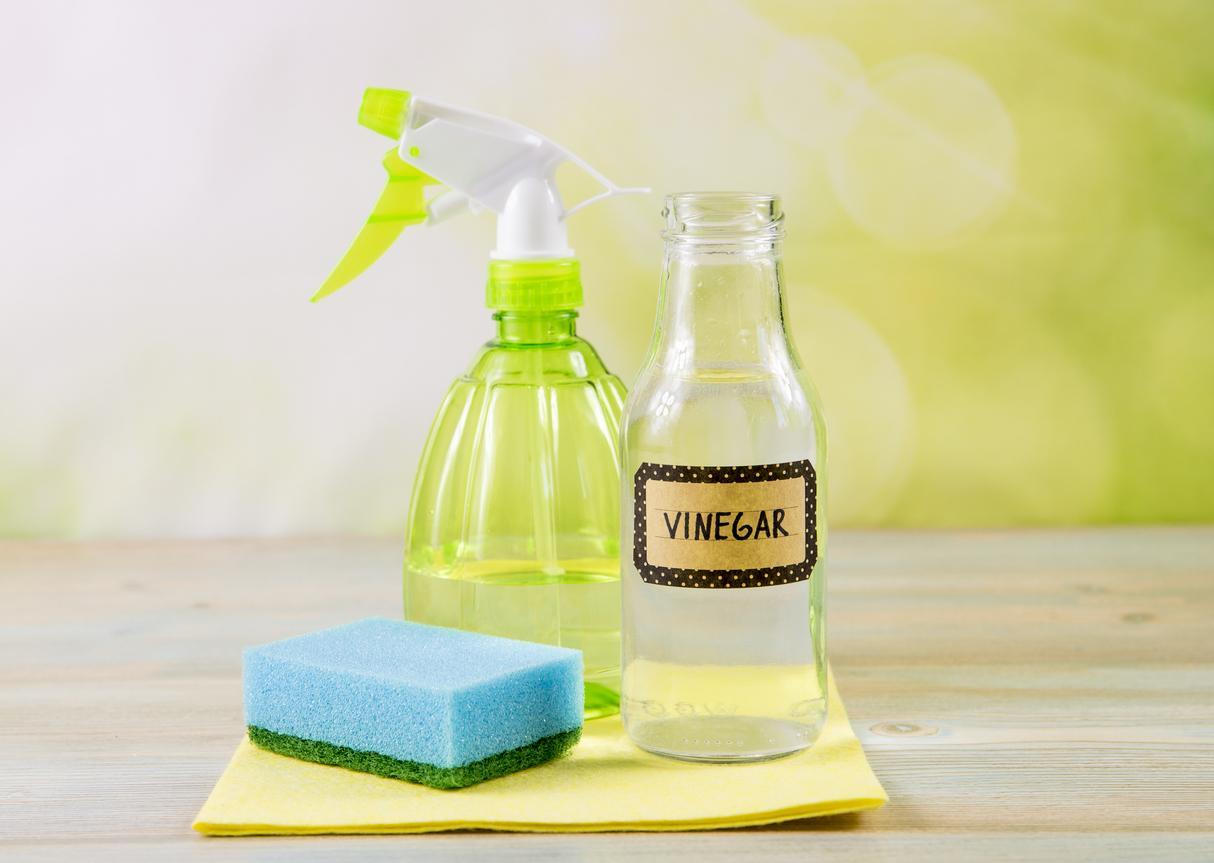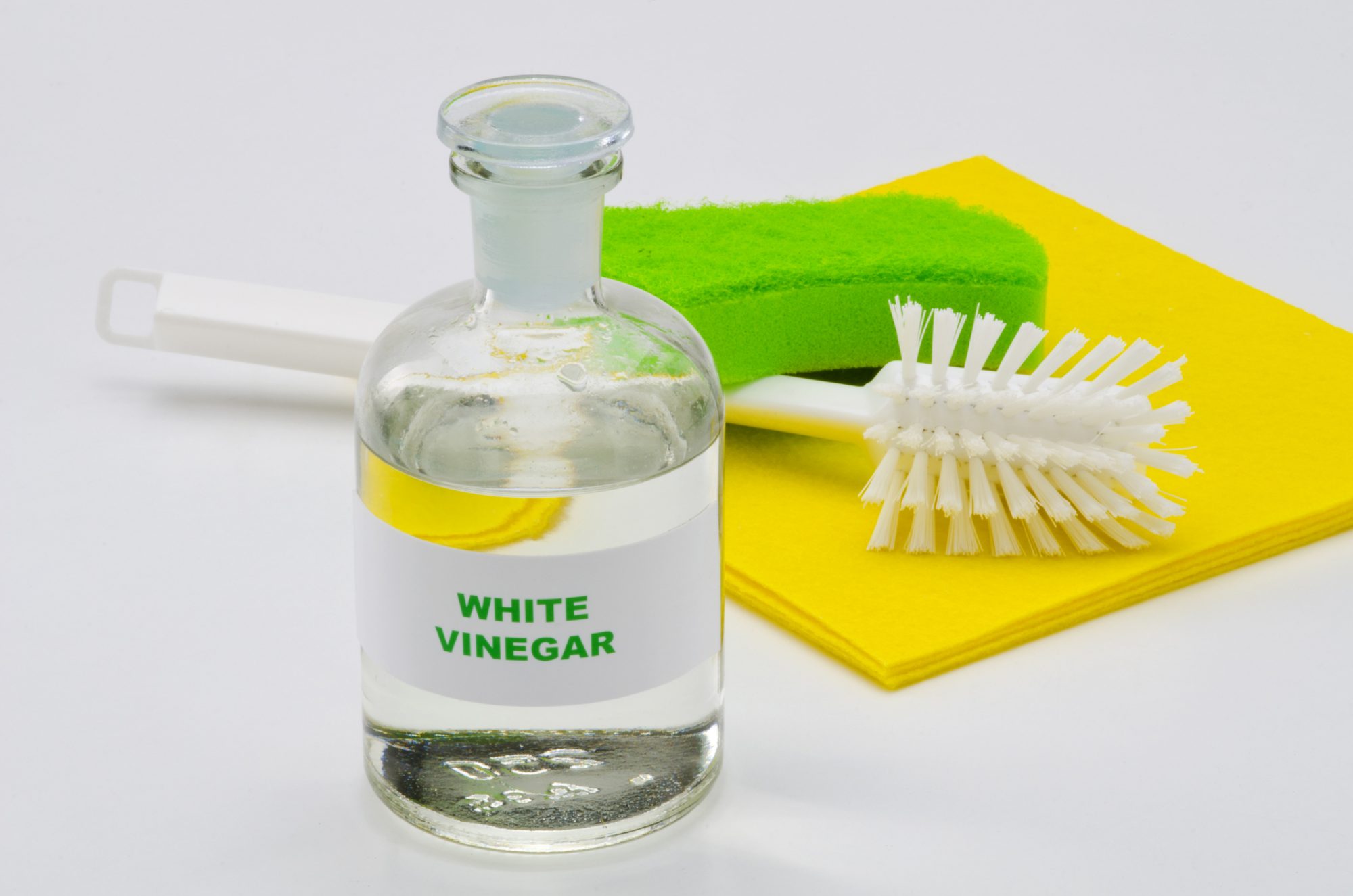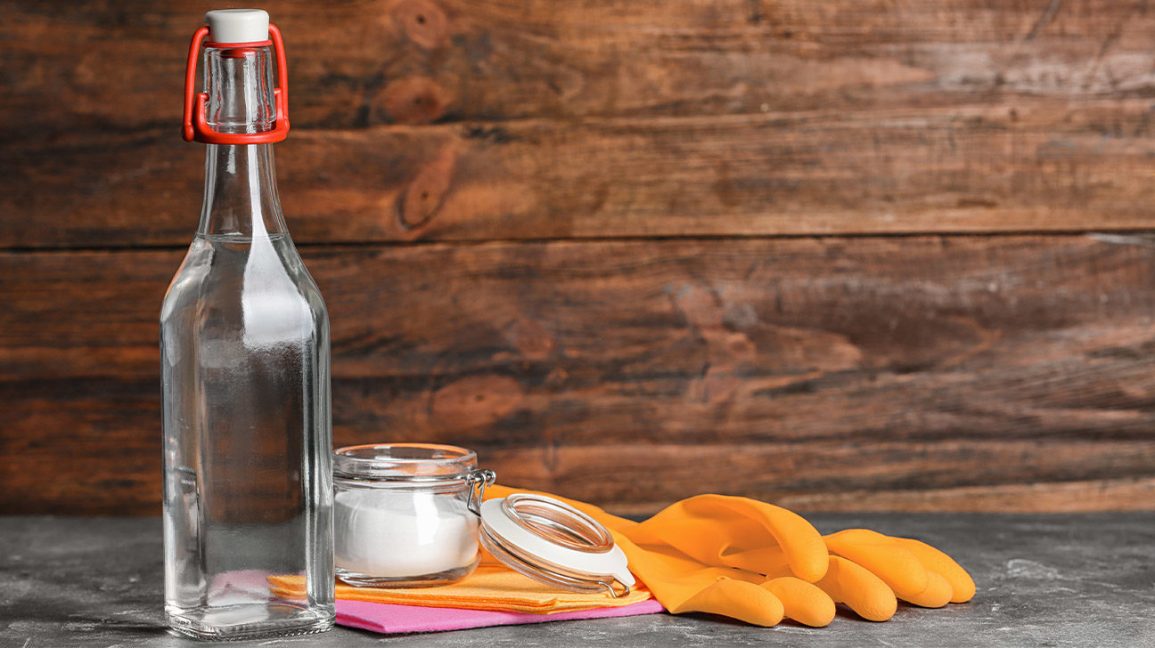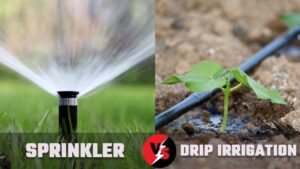
Traditions and customs always come back to haunt us. In a time when climate change and sustainability are in the spotlight, there is a cleaning solution that our grandmothers always used and that allows us to avoid using environmentally harmful products; we’re talking about vinegar.
Because of its antibacterial properties, white vinegar has been used to disinfect for decades. However, this product has evolved, and there are now two varieties of vinegar available on the market: white and cleansing. But what’s the difference between cleaning vinegar and white vinegar? Continue reading to learn about the advantages of each of them in order to get a gleaming home in a cost-effective and natural manner.
What are The Differences between White Vinegar and Cleaning Vinegar
Although they have a similar appearance and name, are white vinegar and cleaning vinegar the same thing? Yes, in terms of its origins, but not in terms of its uses and qualities. White vinegar is made by fermenting glucose from sugar cane, corn, or malt twice (alcoholic and acetic).
White vinegar was first used in the kitchen as an acid dressing for salads and other meals. White cleaning vinegar was later created as a result of its various capabilities in the cleaning business. As a result, the cleaning vinegar is a white vinegar variant that is used to disinfect and clean.
White vinegar and cleaning vinegar differ primarily in that one can be consumed while the other cannot. This is due, first and foremost, to its acidity. Cleaning vinegar has an acidity percentage of between 3 and 5 percent, while white vinegar has an acidity percentage of between 3 and 5 percent, making it more effective for cleaning but not good for ingestion.
Uses of White Vinegar

White vinegar is a substance that has been used for disinfection and odor removal for many years. It was utilized by our grandmothers as a home cure for a variety of cleaning and hygiene issues, including various infectious and parasitic disorders of the human body, such as nits and mouth sores.
As a result, it’s not surprising that, as a result of globalization and networks, these traditional and household usage have increased and become more widely known, allowing us all to benefit from white vinegar’s powerful disinfectant properties. White vinegar can be used for a variety of cleaning tasks around the house, including:
- Cleaning the Oven: After cleaning the inside of the oven with water and bicarbonate and letting it sit overnight, wipe it down with a clean white vinegar cloth. You’ll be able to get rid of all the filth and scorching stains from the interior this manner.
- Cleaning the Microwave: In the microwave, heat a container of water with a spoonful of vinegar to clean the interior and remove odors.
- Cleaning Window Railings: Vinegar is an excellent natural cleaner for removing encrusted filth from window rails. It’s as simple as diluting it with water, rubbing it in with a toothbrush, and then rinsing it out.
- Screen Cleaning: white vinegar can be used to clean windows as well as the screens of televisions, smartphones, and tablets. If you want to learn more, follow this link to learn how to clean crystals with vinegar.
- Cleaning Pots and Pans: heat them with water, vinegar, and a spoonful of baking soda if they have burns or encrusted residue. You’ll be able to quickly remove the dirt within a few minutes.
- Tile Cleaning: white vinegar is used to polish and disinfect tiles in a DIY and economical manner, similar to how it is used to clean screens and windows.
Uses of Cleaning Vinegar

The fundamental difference between white vinegar and cleaning vinegar, as previously said, is that the latter is a product generated from white vinegar but changed to have a higher acidity level, hence enhancing its disinfection power. As a result, if you’re wondering whether vinegar is better for cleaning, the answer is cleaning vinegar, which is more effective and has more particular functions.
The following are some of the applications for household cleaning vinegar:
- Lime Cleaning: cleaning vinegar’s high acidity implies that if you leave it sit for a while on surfaces with lime, it will dissolve it, whether in showers, pipes, or taps.
- Cleaning Vinegar for Kitchen and Bathroom Disinfection: Cleaning vinegar, like many other chemicals accessible at the supermarket, can be used to disinfect bathroom and kitchen surfaces, removing filth and bacteria.
- Gum Removal: removing gum attached to a cloth may seem difficult, but rubbing with a toothbrush after putting a little water with boiling cleaning vinegar on the cloth and letting it work for a while will remove the bothersome gum.
- Steel Cleaning: if you have any metal or steel that has developed a rusty appearance, you can use cleaning vinegar to restore its luster. Don’t worry, it’s “smooth” enough to avoid ruining the finish.
- Cleaning the Washing Machine: To get rid of foul odors from your washing machine and clean it, simply run an empty cycle and fill it with water containing cleaning vinegar, leaving it clean on the inside.
- Cleaning Clothes: When washing fabrics, you can also add vinegar to the detergent compartment of the washing machine. Cleaning vinegar can be used instead of washing detergent in this case. It is, however, recommended that it be mixed with water and bicarbonate to lessen its acidity.






